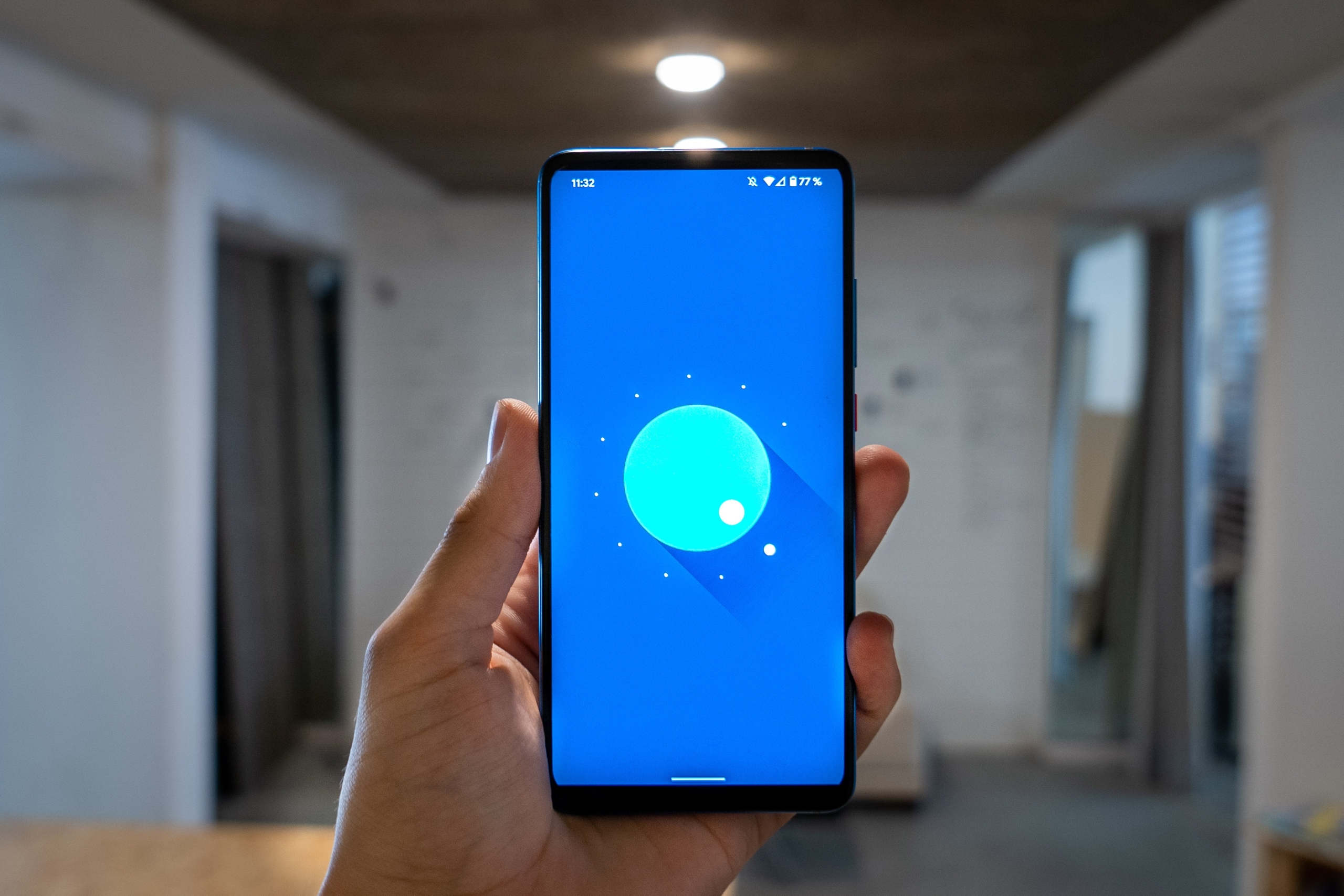How to Enable Private DNS on Android Devices
In today’s digital world, online privacy has become a crucial concern. While Android offers various security features, one often overlooked gem is the Private Domain Name System (DNS). This powerful tool encrypts your internet traffic, shielding your browsing activity from snooping eyes and boosting your overall online security.
Think of DNS as the internet’s phonebook, translating website names into computer-readable addresses. Traditionally, this process was unencrypted, leaving your browsing data exposed to your Internet Service Provider (ISP) or other third parties. Private DNS encrypts this communication, creating a secure tunnel for your internet requests, and adding a layer of privacy and protection.
Google has brought DNS over TLS support to Android by introducing the Private DNS feature. It’s available in Android 9 (Pie) and higher and encrypts all DNS traffic on the phone, including from apps.
The feature is enabled by default and uses a secure channel to connect to the DNS server if the server supports it. But if your ISP or cell service provider’s DNS doesn’t have encrypted DNS support, or you are simply not sure about it, you can use a third-party secure DNS server using the Private DNS feature.
The benefits of secure Private DNS include enhancement of privacy, improved security, and faster browsing. In this guide, we will show you how to activate this powerful feature on your Android device, step-by-step.
Sign up for Techloy
Techloy.com publishes information about companies, products, careers, and funding in the technology industry across emerging markets globally.
Email sent! Check your inbox to complete your signup.
No spam. Unsubscribe anytime.
…



